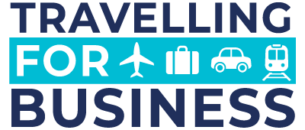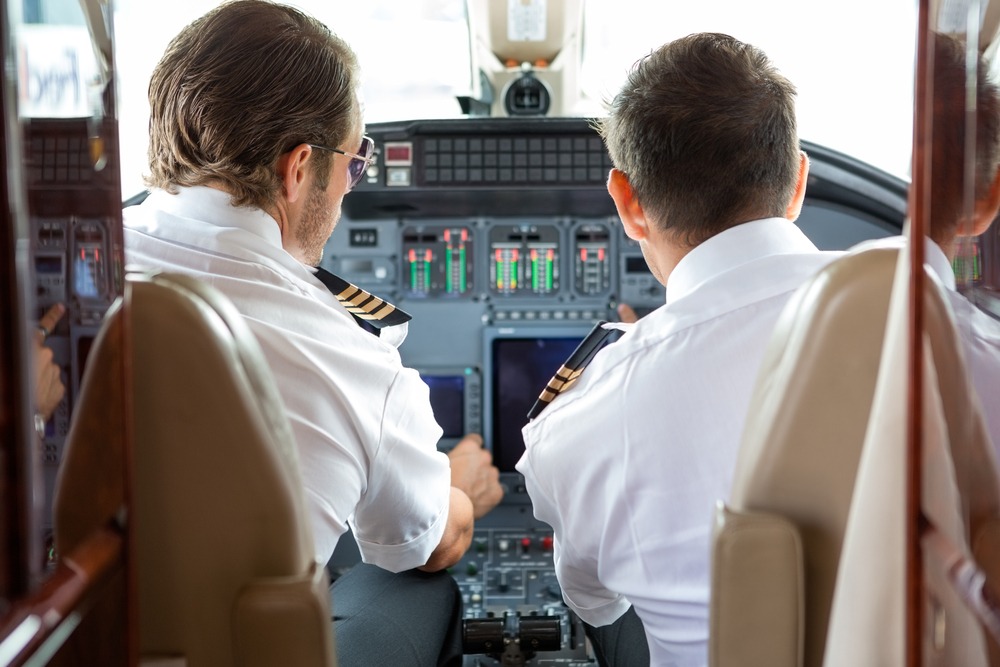For frequent flyers, the sight of an open cockpit door during boarding may raise eyebrows—but it’s not a lapse in security. It’s a regulated, routine part of airline operations that supports safety, coordination, and efficiency.
Modern aviation rules governing cockpit access vary depending on whether the aircraft is stationary or preparing to move. While parked at the gate with engines off, the flight deck serves as a hub for pre-departure activity. Pilots, cabin crew, engineers, and ground staff use this time to exchange information, finalise flight plans, and conduct safety checks—tasks that require the door to remain open.
Since the events of 11 September, reinforced cockpit doors and mandatory locking systems have become standard across commercial aviation. However, these measures only apply once the aircraft is capable of moving under its own power. According to the European Union Aviation Safety Agency (EASA), engines may only be started once the cockpit door is closed and locked.
This distinction is critical. During boarding, cabin crew frequently enter the cockpit to update pilots on catering, passenger needs, or equipment status. Maintenance teams may also deliver last-minute operational updates or paperwork. An open door facilitates seamless Crew Resource Management (CRM), a cornerstone of aviation safety.
From a passenger’s perspective, glimpsing the cockpit can be reassuring. It offers transparency into the technical environment and, for younger travellers, a peek inside the flight deck can be a memorable part of the journey. Nonetheless, access remains tightly controlled—passengers cannot enter, and crew are trained to remain vigilant.
Once engines are running, the rules shift. International standards—originating from the International Civil Aviation Organisation (ICAO) and enforced by bodies like the Federal Aviation Administration (FAA) and EASA—require cockpit doors to be locked throughout the flight. These doors must be operable from either pilot’s seat and often include CCTV systems to monitor access requests. In aircraft without CCTV, a crew member must enter the cockpit whenever one pilot leaves, ensuring continuous supervision.
In the United States, the FAA mandates that cockpit doors remain locked from engine start until arrival at the gate, with few exceptions. A secondary barrier—designed to protect the cockpit when the primary door is open—is also on the horizon. Originally slated for rollout in August 2025, the regulation has been postponed until 2026 following requests from Airlines for America. The trade group cited delays in certification and training materials as reasons for the extension.
These retractable gates will offer added protection during in-flight access, reinforcing the layered approach to cockpit security. Until then, the open door during boarding remains a symbol not of vulnerability, but of operational readiness and collaborative safety.


